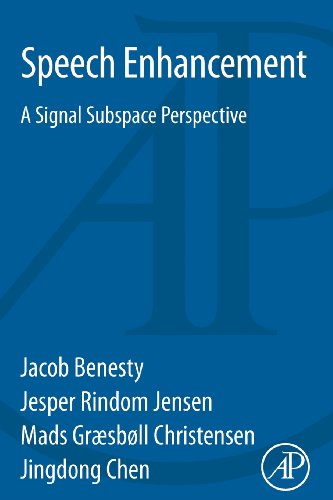

Most ebook files are in PDF format, so you can easily read them using various software such as Foxit Reader or directly on the Google Chrome browser.
Some ebook files are released by publishers in other formats such as .awz, .mobi, .epub, .fb2, etc. You may need to install specific software to read these formats on mobile/PC, such as Calibre.
Please read the tutorial at this link: https://ebookbell.com/faq
We offer FREE conversion to the popular formats you request; however, this may take some time. Therefore, right after payment, please email us, and we will try to provide the service as quickly as possible.
For some exceptional file formats or broken links (if any), please refrain from opening any disputes. Instead, email us first, and we will try to assist within a maximum of 6 hours.
EbookBell Team

4.8
74 reviewsSpeech enhancement is a classical problem in signal processing, yet still largely unsolved. Two of the conventional approaches for solving this problem are linear filtering, like the classical Wiener filter, and subspace methods. These approaches have traditionally been treated as different classes of methods and have been introduced in somewhat different contexts. Linear filtering methods originate in stochastic processes, while subspace methods have largely been based on developments in numerical linear algebra and matrix approximation theory.
This book bridges the gap between these two classes of methods by showing how the ideas behind subspace methods can be incorporated into traditional linear filtering. In the context of subspace methods, the enhancement problem can then be seen as a classical linear filter design problem. This means that various solutions can more easily be compared and their performance bounded and assessed in terms of noise reduction and speech distortion. The book shows how various filter designs can be obtained in this framework, including the maximum SNR, Wiener, LCMV, and MVDR filters, and how these can be applied in various contexts, like in single-channel and multichannel speech enhancement, and in both the time and frequency domains.